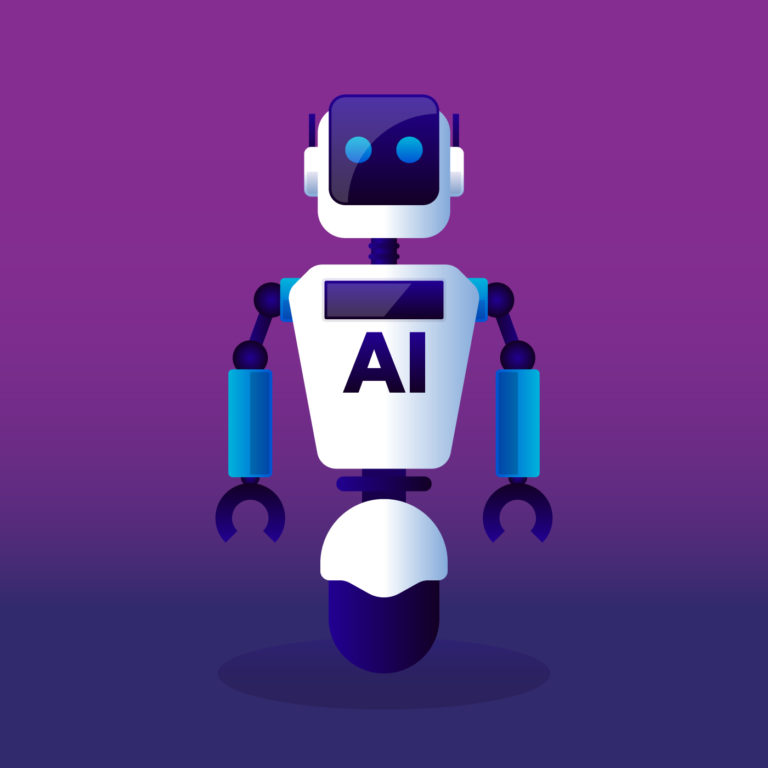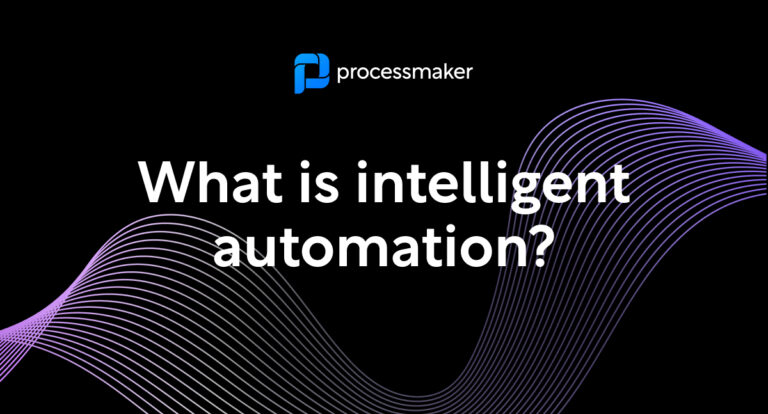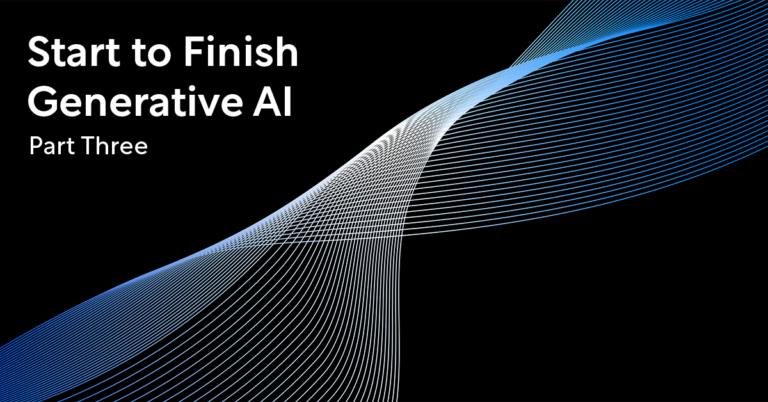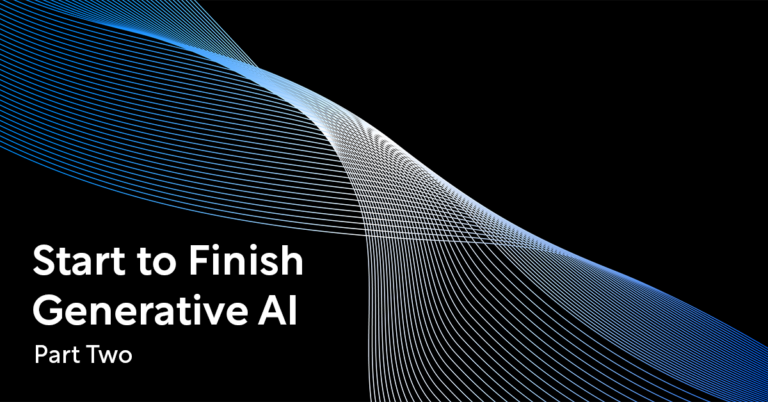As technology continues to evolve, you’ll hear more about terms like robotic process automation (RPA) and intelligent process automation (IPA). But what do these two concepts mean? Simply put, robotic process automation (RPA) can be likened to the diligent worker automating repetitive motions. In contrast, intelligent process automation (IPA) transforms this into an orchestra, adding cognitive notes and AI harmonies.
Just as a conductor shapes an ensemble’s performance, we’ll help you determine which automation symphony resonates best with your organizational goals.
What is robotic process automation (RPA)?
Robotic process automation uses technology to emulate human tasks to complete a business process. RPA bots mimic repetitive, rule-based computer-based tasks, have defined inputs and outputs, are repeatable, and occur frequently.
Robotic process automation utilizes structured data to complete tasks. Examples of tasks where RPA technology works well are data entry, data processing and mapping, client onboarding, and new account openings.
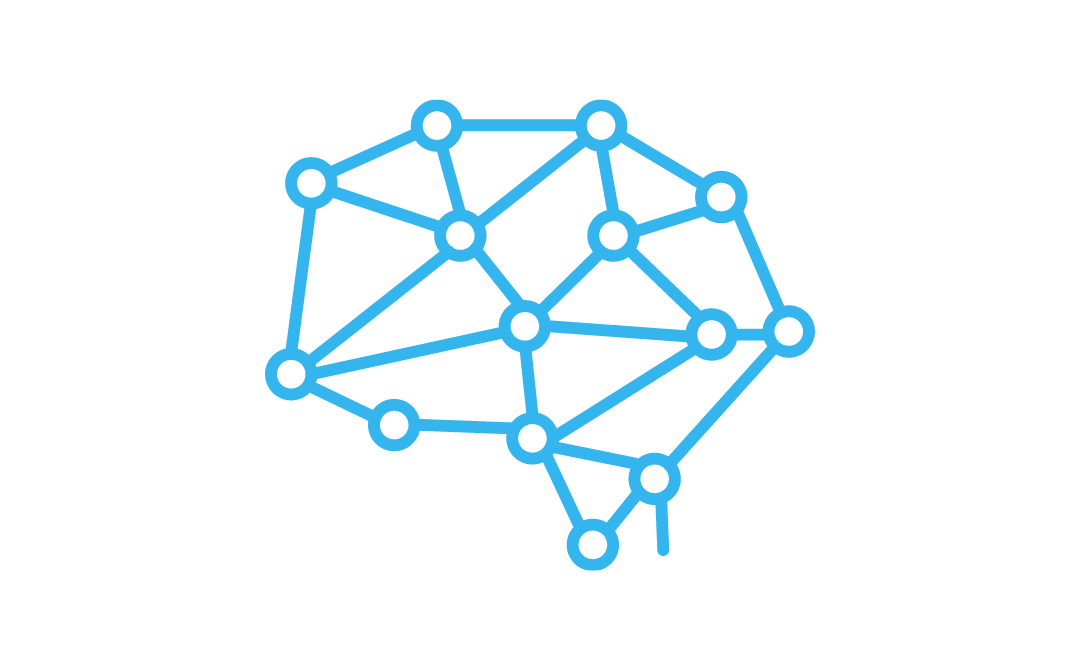
RPA and artificial intelligence (AI) are separate concepts despite being confused. While some argue that RPA qualifies as an AI technology, the two technologies are distinct.
Unlike AI, RPA bots generally cannot learn. Generally, RPA struggles to adjust in the face of change. Rather than solve the problem independently, RPA works to adapt to changes. While RPA is designed to mimic human actions, AI simulates how humans think.
What is intelligent process automation (IPA)?
Intelligent process automation builds upon and encompasses RPA with artificial intelligence. IPA mimics human actions and can learn to do them better over time. IPA typically consists of four core technologies:
- Machine learning
- Natural language processing (NLP)
- Intelligent workflows
- RPA
We already discussed RPA above; let’s briefly examine the other three…
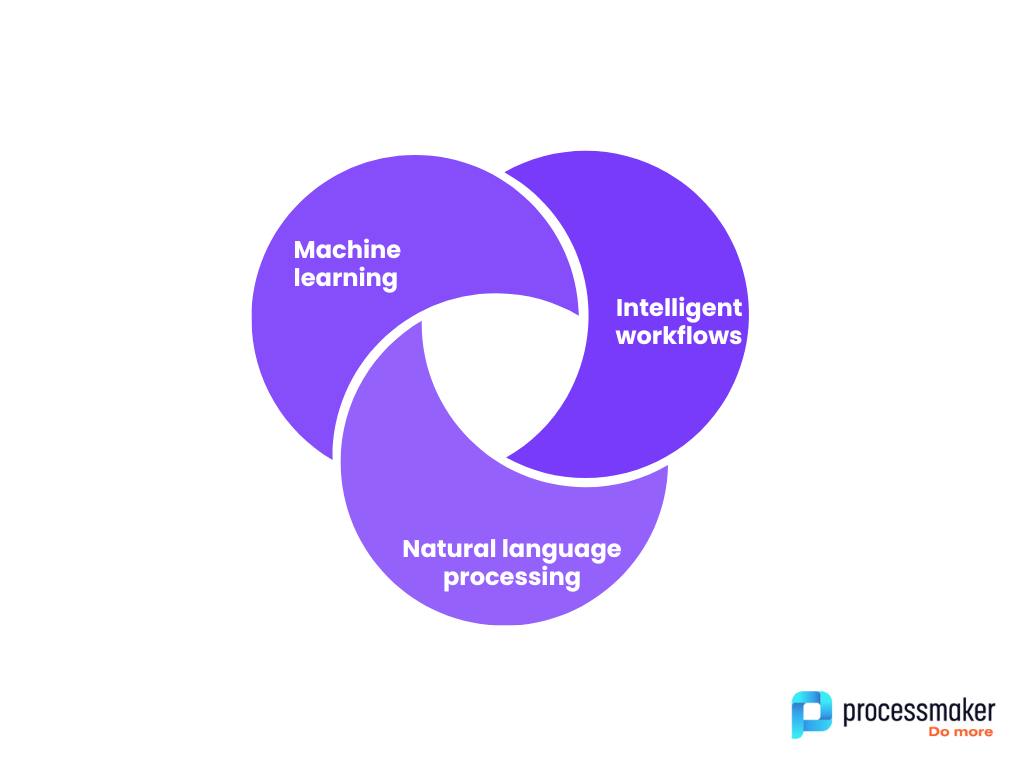
Machine Learning
Machine learning (ML) is an application of artificial intelligence that allows systems to access data and learn without being programmed. ML uses either supervised or unsupervised algorithms to identify patterns in structured data.
Supervised algorithms create inputs and outputs before making predictions of their own. Unsupervised algorithms observe structured data and develop insights from pattern recognition.
When combined with RPA, bots can evaluate their efficiency and make adjustments to improve processes. Through deep learning, systems can utilize data gathered in one context to improve upon others.
Natural language processing (NLP)
NLP is a software tool that parses human language to allow machines to read, understand, and derive meaning. The technology works through techniques like statistical and machine learning algorithms.
NLP is commonly used to create chatbots. Chatbots use Robotic Process Automation to communicate with human users and to complete tasks. Among other things, NLP helps chatbots to determine the meaning of interactions and to provide users with relevant responses.
Intelligent workflows
Introducing bots into workflows can lead to confusion and inefficiencies. Human stakeholders need to understand their roles and responsibilities. For instance, when does a robot handoff a task to a human, and vice versa? Process management software helps stakeholders to understand and track processes to avoid bottlenecks.
IPA plays an essential role in improving both employee satisfaction and customer experiences. Employees better understand their roles while appreciating less repetitive and more valuable tasks. Because more resources are devoted to offering excellent customer service, there is better value for the customers.
Customers also benefit from user-friendly IPA technology. For example, new customer onboarding is a drawn-out process, especially in industries like banking, where organizations must collect large amounts of information and documentation. With IPA, however, organizations can easily capture and extract data from onboarding documents, reducing wait times and significantly improving customer experiences.
What are the critical differences between RPA and IPA?
Intelligent process automation is an upgraded form of robotic process automation. Unlike RPA, intelligent process automation can understand context, learn, and iterate. IPA also leverages intelligent document processing to handle unstructured and structured data and supports some level of informed decision-making.
Informed decision-making extends to task-level or process-level automation. To gain essential insights, IPA helps organizations access and analyze inaccessible unstructured data, like images or text.
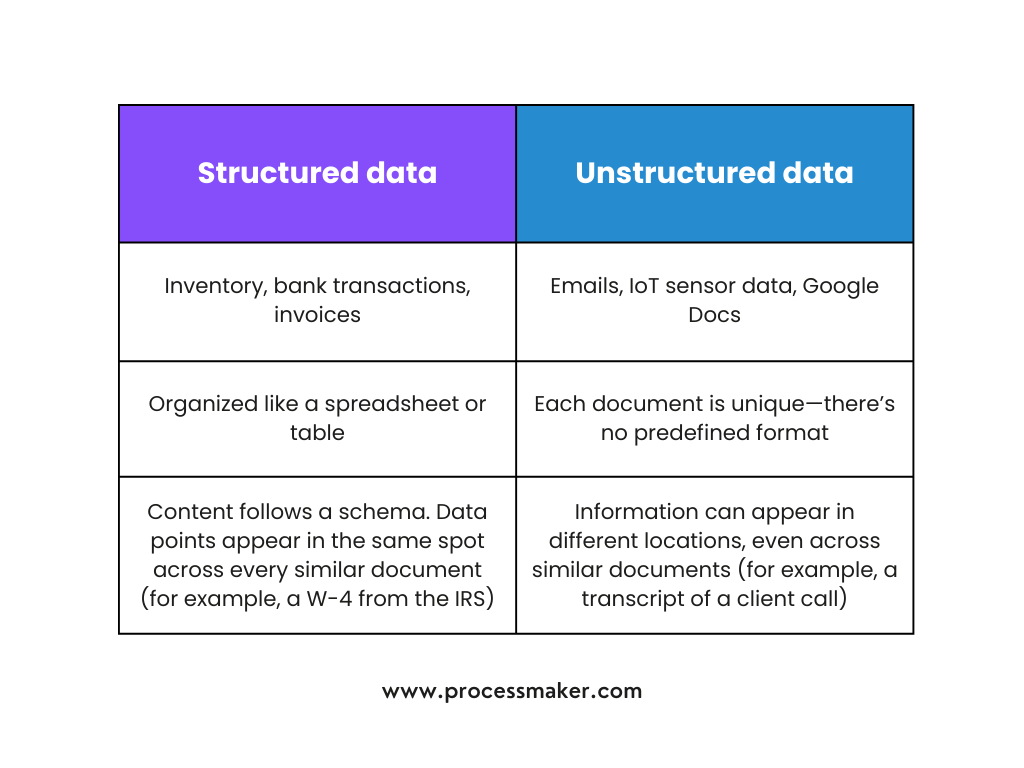
IPA can turn unstructured data into structured data for use with RPA technologies. Because of this, the technologies aren’t mutually exclusive but can work together to optimize business processes.
So, while we may be a long way off from robot servants who do our laundry and mow our lawns, robots will continue to play increasingly important roles in our daily lives. Robotic process automation makes work less tedious and allows organizations to scale their operations to provide more value to customers. Intelligent process automation builds upon RPA, allowing systems to automate and learn from tasks.
In the war of workflow software, intelligent business process management software improves capabilities with artificial intelligence, yielding the highest returns. By delivering adaptable and intelligent process improvement, intelligent workflow automation empowers savvy organizations to improve operations at scale.
How does IPA boost Hyper-Productivity?
Intelligent process automation (IPA) can be a game-changer for your organization in more ways than one. One of the most significant ways you can transform your workflow is by boosting Hyper-Productivity. Instead of simply being productive, your team can become Hyper-Productive, completing work faster and more efficiently than ever.
Are you curious about intelligent process automation (IPA) and document processing (IDP)? Chat with us so we can find the best fit for you.
